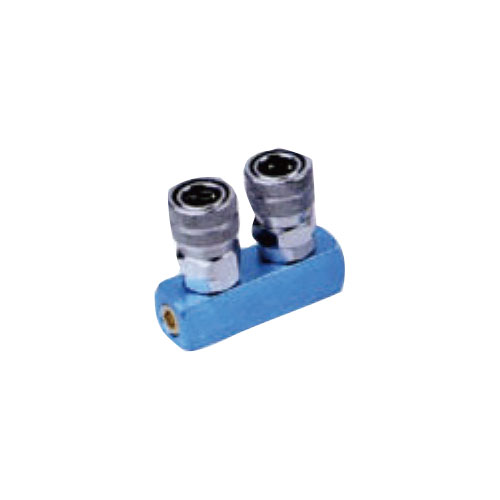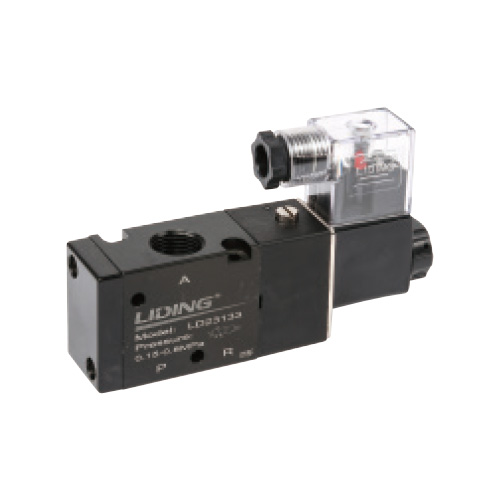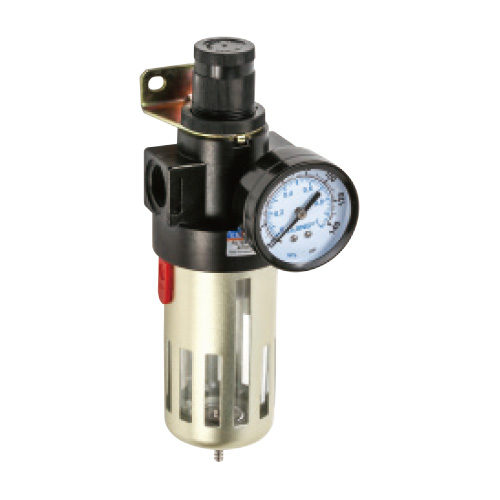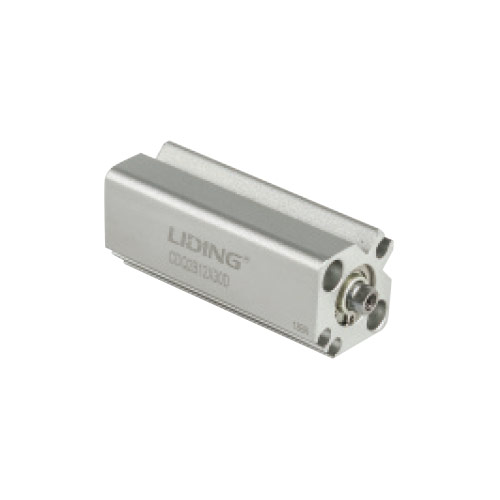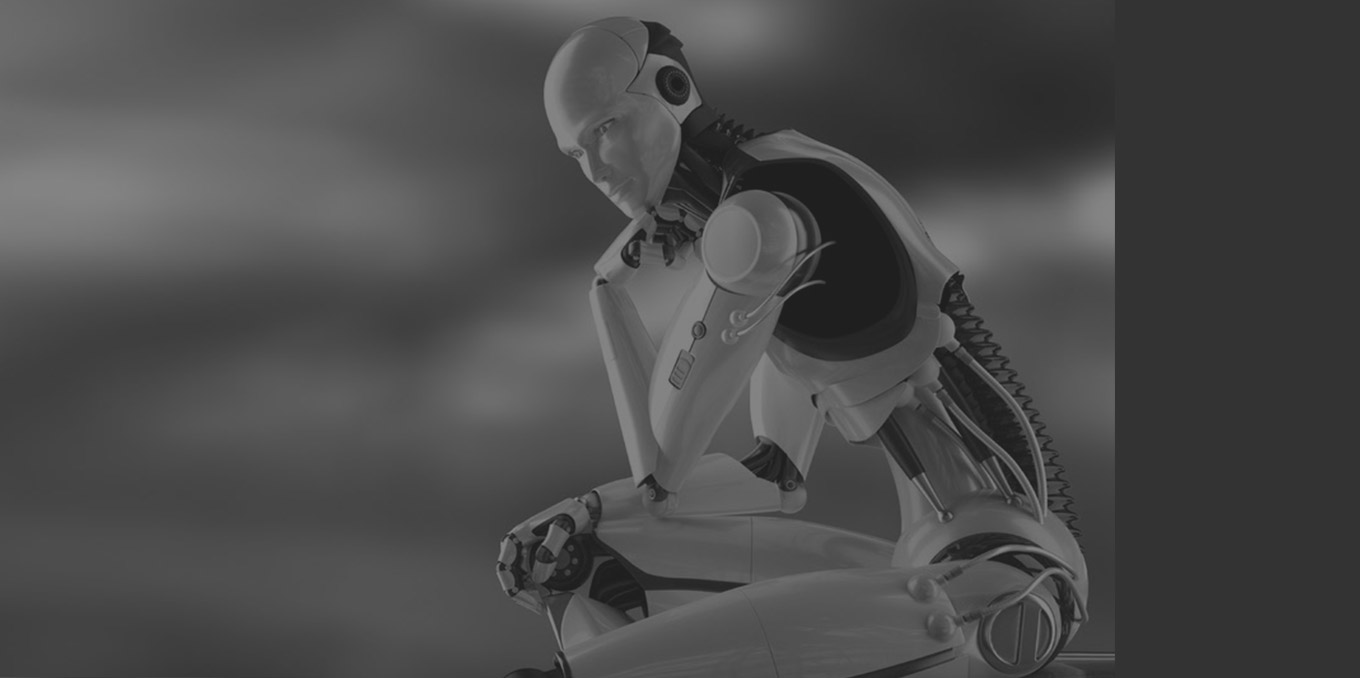Do you know all these pneumatic components?
Air source equipment 1. Air compressor: As the power so […]
1. Air compressor: As the power source of pneumatic transmission and control, the pressure level of 1.0MPa is often used.
2. After cooler: Eliminate solid and liquid pollutants in compressed air.
3. Gas tank: voltage stabilization and energy storage.
Air source treatment equipment
1. Filter: Eliminate solid, liquid and gaseous pollutants in the compressed air to obtain clean and dry compressed air, improve the service life of pneumatic components and the reliability of the pneumatic system.
According to different purposes, you can choose varieties with different filtering precision.
2. Dryer: further remove the moisture (partial water vapor) in the compressed air.
3. Automatic drainer: automatically remove condensed water.
Pneumatic actuators
1. Cylinder: Push the workpiece to do linear motion.
2. Swing cylinder: push the workpiece to swing within a certain angle range.
3. Pneumatic motor: push the workpiece for continuous rotation.
4. Air claw: grab the workpiece.
5. Composite cylinder: realize various compound motions, such as linear motion and swinging stretch-swing cylinder.
Pneumatic control components
1. Pressure valve
A. Pressure reducing valve: used for depressurization and pressure stabilization
B. Booster valve: for booster
2. Flow valve
A. One-way throttle valve: control the movement speed of the cylinder
B. Exhaust throttle valve: installed at the exhaust port of the reversing valve, used to control the movement speed of the cylinder
C. Quick exhaust valve: it can quickly exhaust pneumatic components and devices
3. Directional valve
A. Solenoid valve, air control valve, human control valve, machine control valve: components that can change the flow direction or on-off of gas. Its control methods include electromagnetic control, air pressure control, human control and mechanical control.
B. One-way valve: the air flow can only flow forward, not reverse flow
C. Shuttle valve: As long as one of the two inlets has input, it will have output.
D. Double pressure valve: only output when both inlets have input.
4. Proportional valve: The output pressure (or flow rate) changes proportionally to the input model (voltage or current).
Pneumatic auxiliary components
1. Lubricating components
A. Lubricator: Atomize the lubricating oil and flow into the parts that need to be lubricated with the compressed air.
B. Centralized lubricating components: lubricators for multi-point lubrication.
2. Muffler: reduce exhaust noise
3. Exhaust cleaner: reduce the exhaust noise, and can separate the oil mist and condensed water contained in the exhaust gas.
4. Pressure switch: When the air pressure reaches a certain value, the electrical contact can be turned on or off. Used to confirm and test the pressure of fluids.
5. Pipes and pipe joints: used to connect various pneumatic components
6. Gas-liquid converter: used to absorb impact energy and reduce noise.
7. Pneumatic display: a component that displays when there is an air signal.
8. Pneumatic sensor: convert the physical quantity to be measured into a gas signal for subsequent system judgment and control. It can be used to detect dimensional accuracy, position accuracy, counting, size sorting, deviation correction, liquid level control, and judgment of presence or absence, etc.
9. Flow switch: It is used to confirm (the flow reaches a certain value, command the electric contact to be on and off) and detect (instantaneous flow, cumulative flow) the flow of the fluid.
Vacuum components
1. Vacuum generator: a component that uses the flow of compressed air to form a certain degree of vacuum.
2. Vacuum suction cup: a component that uses vacuum to directly suck and lift objects.
3. Vacuum pressure switch: an electric contact switch used to detect vacuum pressure.
4. Vacuum filter: filter out the dust inhaled from the atmosphere to ensure that the vacuum system is not polluted.


